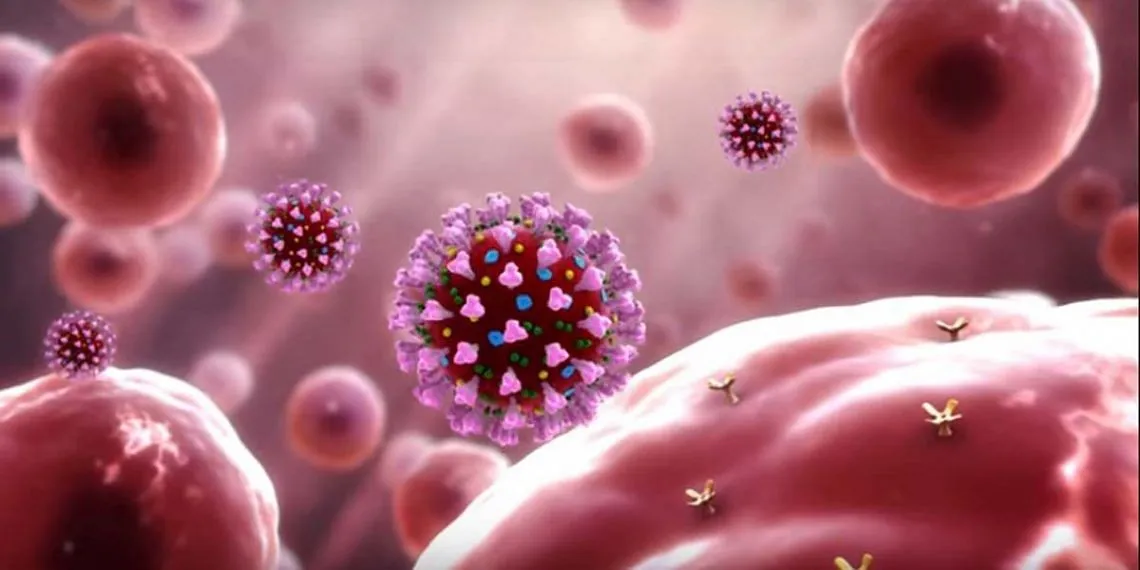The covid-19 pandemic has infected 519 million persons worldwide and has led to over 6 million deaths. The worst effected country has been the United States where 81 million people have been infected by the virus as yet. Of these almost a million have lost their lives. On the other hand, China, the world’s most populated country, has had only 1.75 million covid infections and 15 thousand deaths. Consequently, the Chinese leadership has taken pride in its success in controlling the pandemic more effectively than the advanced countries.
Now, as China continues to battle the Omicron variant of the coronavirus its policies and actions have come under greater scrutiny. Tedros Ghebreyesus, Director-General of the World Health Organisation (WHO) has said that China’s “dynamic zero-Covid” policy is not sustainable because of the “behaviour” of the virus. That the Chinese leadership continues to be worried about the future trajectory of the virus is seen by its decision to indefinitely postpone the Asian Games that were scheduled to be held in Hangzhou in September this year.
There is no doubt, if its statistics are to be believed, China has succeeded in curtailing the covid pandemic spread and fatalities far better than advanced countries. On the basis of the WHO’s actual figures of infections and deaths—as different from projections — the United States which is comprehensively the world’s leading country has suffered the most. This is despite the fact that it’s pharmaceutical industry has vast strengths and resources, its medical education system produces great skilled professionals and it has some of the finest hospitals in the world. Why is it then that a country like China seems to have done much better in controlling the pandemic which began and spread from its territory?
Part of the reason lies in the fact that the pandemic was caused by a new virus and medical scientists all over the world initially groped to understand its nature and features, including its transmission. It will be recalled that initially medical advice focussed on non-contact with infected surfaces rather than exposure through the direct aerial route. However, relatively quickly doctors advised that the way to prevent the spread of the virus was through wearing masks, keeping hands clean through frequent washing and use of hand sanitisers and maintaining social distance. For all of 2020 there were no preventive pharmaceutical interventions to combat the spread of the pandemic and hence all countries had to rely on non-pharmaceutical interventions (NPI). It is here that differences between different political and social systems came into play. But before these aspects are examined a word on Chinese tardiness in warning the world about the emergence of the virus.
It was on December 31, 2019 that China first informed the WHO that a new zoonotic virus had developed the capacity to spread from humans to humans. It should have done so earlier and more actively warned the world about its dangers. Initially, at least, the WHO too appears to have been inadequately active for it was only on March 11, 2020 that it declared a pandemic. By then the virus had spread to almost all parts of the world. In February it was taking a great toll in Italy and had also impacted Iran adversely.
On its part China around January 20, 2020 locked down the entire province of Hubei—it was in its capital Wuhan that the virus was first seen. The Chinese implemented the lock down most severely. Once infections began to rise in some countries restrictions on air travel began to be imposed. In March some countries including India imposed lockdowns. However, no country could do it with the ruthlessness of China. Besides, sustaining complete lockdowns over very long periods was impossible in almost all countries because of their economic fallout. In the US restrictions to combat the pandemic had to be largely taken at the state level because of its constitutional system. Of course the US federal government was fully involved in pandemic management through policy advice and in releasing funds for research for the development of vaccines and other pharmaceutical interventions for managing infections. But here too there was a problem because of former President’s Trump’s erratic nature.
The US system emphasises individual choice and the rights of states and even counties. In such a system even the wearing of masks became contentious and the US government did not possess the constitutional power to enforce a step which all medical opinion held as essential. Naturally, once individuals were infected the capacity of the health systems to handle the pandemic became relevant but where the Chinese largely succeeded for almost two years was in preventing infection spreads in large and small cities by taking draconian action. These very tough measures are now taking place in Shanghai which has been in severe lockdown for months now. The Shanghai population is agitated but it is being completely controlled. There is no likelihood of China moving away from its “dynamic zero Covid” policy despite the criticism it is attracting.
Naturally China has not relied on lockdowns alone but as in advanced countries and India it has vaccinated its people through a very extensive programme. But even now at the first sign of infections rising in a city it is simply freezing it in keeping with its “dynamic zero-Covid” policy which is adversely impacting not only its economy but the rest of the world too because of China’s great manufacturing base.
The Chinese and the US contrasts in the handling of covid-19 and its consequences, including in terms of human lives, show that in matters relating to pandemics it is not only the quality of the health systems that matters but the values and capacities of the political and social systems too.
Disclaimer: The views and opinions expressed in this article are the personal opinions of the author. The facts, analysis, assumptions and perspective appearing in the article do not reflect the views of GK.







